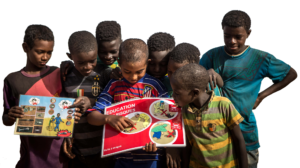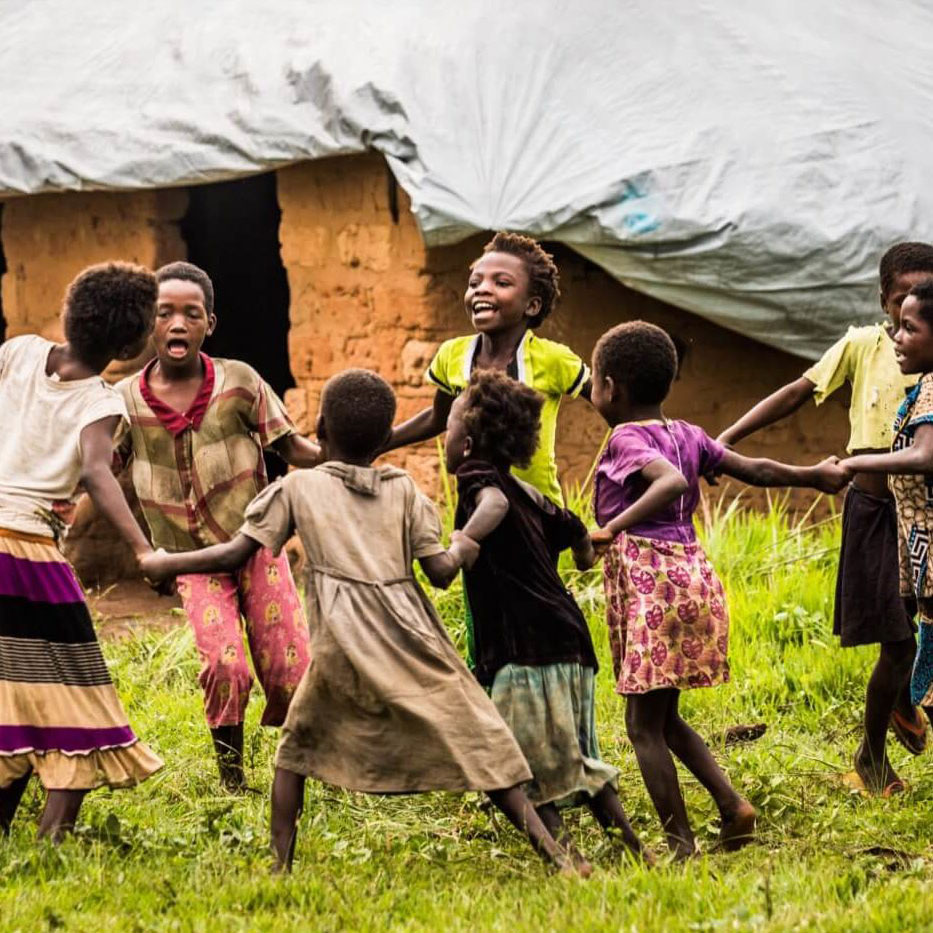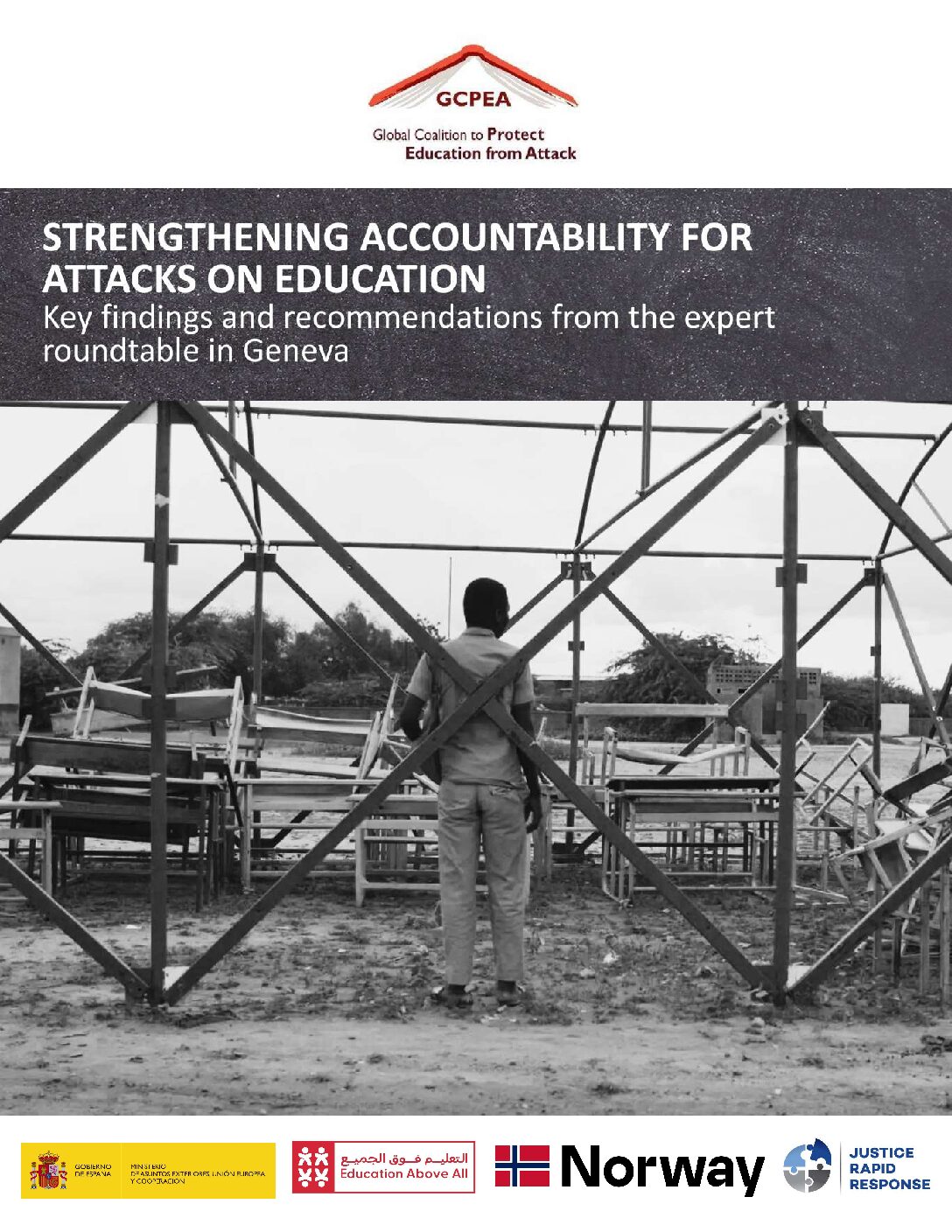GCPEA News
Educational Toll of Gaza War: At Least 2 Universities, 148 Schools
August 2, 2014
Rasha Faek, Yousef Al-Helou and Thaer Thabet
At least two universities, seven United Nations schools and an estimated 141 locally run schools have suffered severe damage in the month-long war between Israel and Hamas.
Israeli missiles hit the Islamic University of Gaza early on Saturday, destroying a major building on the campus but apparently not killing anyone. In a July 29 attack at the north Gaza branch of Al Quds Open University, 22 people were killed, apparently students. The attack appeared to be aimed at a nearby satellite facility. The university, founded with assistance from Unesco, also suffered from serious damage. The Palestinian ministry of education said another four universities and 141 local schools had been damaged: Al-Fanar Media is awaiting further documentation on university damage. Seven schools supported by the United Nations Relief and Works Agency were hit, the organization said.
“Our branch was targeted three times during the past few days, both directly and indirectly,” said Jihad Al-Batsh, the vice president of Al Quds Open University. He said the bombardment caused the displacement of 60 academic staff and their families and about 2,500 students and their families. He said the university will largely cancel its summer courses and 10,000 students will have to stop their studies.
At Islamic University, local media reported from the scene that Israeli warplanes sent several missiles that hit the five-story central administration building of Abdul Aziz al-Luhaidan at the Islamic University, destroying large parts of it. The Israeli army said it was targeting a weapons development center in the university, which was attacked under the same rationale in 2008, when $15 million worth of damage was done. Faculty members at the university at the time defied anyone to find evidence of weapons development in the rubble.
“This is the second time they attack this great university,” said Rami Abdellateef, 27, of Gaza City, a lecturer of communications at Islamic University. ”But it will rebuilt again.”
The Islamic University has at times been called “Hamas-controlled:” Faculty members have responded that it reflects the political diversity of the Palestinian population.
No official comment was released yet by the university, but the ministry of education and higher education issued a statement condemning the continuous attack on Palestinian educational institutions. “The attack proves the barbaric nature of occupation policies that aim to fight our right to education and deprives our students from accessing their schools and universities safely,” said Khawla Shakhsheer, the Palestinian minister of education.
Gaza has seven universities including the Islamic University, which was established in 1978 is considered the largest academic institution in the strip, with more than 20,000 students, 63 percent of whom are women. The university offers courses on medicine, engineering, nursing, science, arts, law and Islamic studies.
On July 30, shells hit a U.N.-run school housing refugees in which 15 died and dozens were hurt. The United Nations Relief and Works Agency (Unrwa) said it was the sixth U.N.-supported school that was hit. On Sunday, after that statement was released, Israeli airstrikes hit a seventh school, killing 10 people, Gaza officials said.
“I condemn in the strongest possible terms this serious violation of international law by Israeli forces,” said the Unrwa commissioner, General Pierre Krahenbuhl in a press statement about the July 30 attack. He said about 3,300 people had been sheltering in the school at the moment it was attacked.
“This shelling highlights the urgent need to protect schools and children from the violence of armed conflict,” said the Global Coalition to Protect Education from Attack in a statement released on July 31. “Attacks on schools that are not being used for military purposes violate international humanitarian law.”
The Israeli military, in response to such charges, said militants near the U.N. facility had fired mortar shells and Israeli forces had shot back in the July 30 attack. UNRWA has also acknowledged that it has found weapons hidden in at least two schools.
UNRWA has released a list of nine Gaza staff members killed since July 20: They include a school principal, five teachers, and a school attendant.
Palestinian universities and educational institutions have a history of being the target of Israeli strikes.
During Operation Cast Lead, in 2008-9, 14 of the 15 higher education institutions were damaged, with six directly targeted, according to the Al Mezan Centre for Human Rights in Gaza. Three colleges and six university buildings were fully destroyed. The total damage was estimated at $21 million.
The Global Coalition calls on all parties to the conflict to respect education facilities and to refrain from any military activity that could put them and civilians at the schools at risk. “Tens of thousands may soon be stranded in the streets of Gaza, without food, water and shelter if attacks on these areas continue.” said UNRWA spokesman Chris Gunness in a television interview last week. “[The] international community must take deliberate international political action to put an immediate end to the continuing carnage in Gaza.”
The new school year will resume later this month but it’s not known how students will be able to start the new academic year given the destruction. Before the offensive, at least 40 children were crammed into one classroom. Now with the destruction of many schools, the number of students is expected to exceed 60. Some believe that students will end up having to go to school in three shifts.
The shortage of classrooms is due to Israeli restrictions, say locals. In the past four years, Israeli authorities opposed the construction of many needed schools as requested by Unrwa to accommodate the growing number of students in Gaza, one of the most densely populated areas on earth, and demographically a very young region.
Also, construction materials are lacking for new education centers and the U.N. had to get approval for building materials to be brought into Gaza. These restrictions on imports are part of Israel’s prolonged siege that has been imposed since 2006. Israel says construction materials are used by Gaza resistance groups to build underground tunnels.
But locals dispute that pointing to the shortage of classrooms, as well as other necessities.
Now, after Gaza’s only power plant was destroyed last week, students who resume studying if the ceasefire holds and becomes a lasting truce, will be forced to study by candlelight.
Some say that it will take time for students to return because of the psychological aftereffects of the offensive. “I have a 7-year old son and now he is experiencing his third war,” said Younis Ramadan, 30, of Gaza City. “Our children suffer now from trauma and many psychological problems.”
Others say no matter what, Gaza’s children must get an education.
“My father studied at Unrwa schools, me too and now my children,” said Jawad Masti, 42, resident of Beit Hanoun said. “It was a privilege that we attended this school in Beit Hanoun—the UN flag and trees at the school were one of the things engraved in our minds. Education is a powerful weapon and I want my children to join university and pursue their higher education.”



